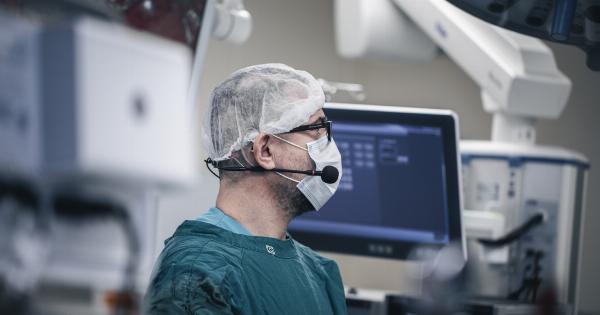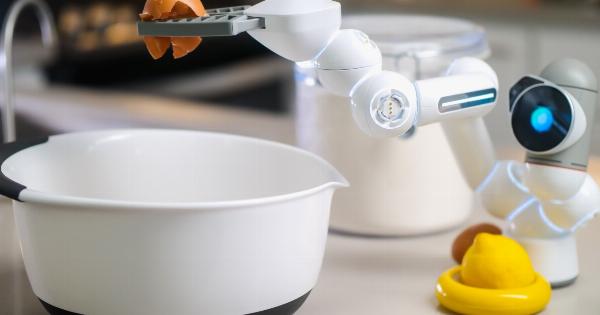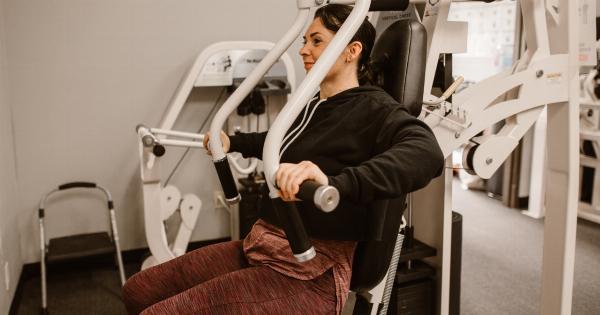Hernia surgery is one of the most common surgical procedures performed all over the world.
A hernia occurs when a tissue or an organ protrudes through a weakened spot in the muscle or the connective tissue that surrounds it, leading to a visible bulge under the skin. Hernias can occur in different parts of the body, including the abdomen, groin, and upper thigh.
The symptoms of a hernia can range from mild discomfort to severe pain and dysfunction, and they often require surgical intervention to prevent complications.
Types of Hernias
There are different types of hernias, depending on the location and the cause of the protrusion. These include:.
1. Inguinal Hernia
Inguinal hernias are the most common type of hernias, and they occur in the groin area.
They can be either direct or indirect, and they are caused by a weakening of the abdominal wall muscles, which allows a part of the intestine to protrude through the groin area. This can cause significant discomfort, pain, and a visible bulge under the skin.
2. Incisional Hernia
Incisional hernias occur at the site of a previous surgical incision or scar, where the tissue is weakened and prone to tearing.
These types of hernias can be caused by improper wound healing, infection, or excessive strain on the surgical site, and they can lead to severe pain, dysfunction, and the need for additional surgery.
3. Umbilical Hernia
Umbilical hernias appear around the bellybutton area and occur in infants and adults alike.
In infants, these hernias develop when the abdominal muscles around the bellybutton don’t close entirely during childbirth, whereas in adults, they can result from obesity, pregnancy, or a weakening of the abdominal muscles.
4. Femoral Hernia
A femoral hernia occurs when a part of the intestine or other tissue protrudes through the femoral canal, near the groin. These hernias are more common in women than men and can cause severe discomfort, pain, and tenderness in the affected area.
5. Hiatal Hernia
A hiatal hernia occurs when the stomach bulges up through the diaphragm and into the chest cavity. This type of hernia is less common than the others and can cause symptoms such as acid reflux, heartburn, and difficulty swallowing.
Contemporary Approach to Hernia Surgery
The traditional approach to hernia surgery involves making an incision over the affected area, identifying the protruding tissue or organ, and pushing it back into place or removing it altogether.
The weakened muscle or connective tissue is then sutured together, and the incision is closed with stitches. However, this approach can be invasive, painful, and can require significant recovery time.
Contemporary approaches to hernia surgery aim to minimize trauma to the affected area, reduce pain, and speed up recovery time. These approaches include:.
1. Laparoscopic Surgery
Laparoscopic surgery is a minimally invasive surgical approach that involves making small incisions in the abdomen and inserting a laparoscope and surgical instruments through these incisions.
The laparoscope provides high-definition images of the area, while the surgical instruments allow the surgeon to push the protruding tissue back into place, repair the weakened muscle and connective tissue, and close the incisions with stitches or surgical glue. Laparoscopic surgery is less invasive than traditional surgery, has fewer complications, and can offer faster recovery time.
2. Robotic-Assisted Surgery
Robotic-assisted surgery is a minimally invasive approach that uses a robotic system to perform surgery on the affected area.
The surgeon controls the robotic arms and instruments through a console and can access the affected area through small incisions. The robotic system provides enhanced vision, precision, and control, and reduces the risk of complications and pain. Robotic-assisted surgery can also offer faster recovery times and better cosmetic results.
3. Tension-Free Repair
Tension-free repair is a technique used in both traditional and minimally invasive hernia surgeries.
Instead of suturing the weakened muscle or connective tissue together, a mesh implant is placed over the affected area, providing support and preventing further protrusion. The mesh is usually made of a synthetic material that is resistant to infection and rejection by the body. This technique is less invasive, has a lower risk of complications, and can offer faster recovery times compared to traditional hernia surgery.
Conclusion
Hernia surgery is a common procedure that aims to prevent complications and improve quality of life for patients.
Contemporary approaches to hernia surgery, such as laparoscopic and robotic-assisted surgery, and tension-free repair, offer less invasive, less painful, and faster recovery times compared to traditional surgery. Patients should consult with their healthcare providers to determine the best approach to their specific condition and overall health.


























